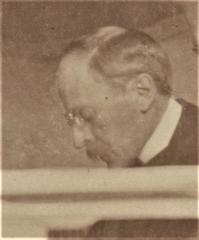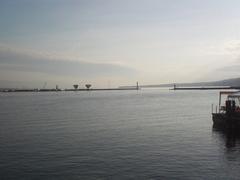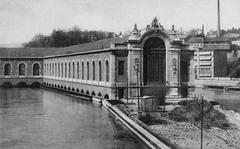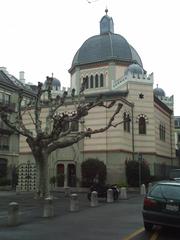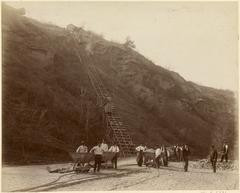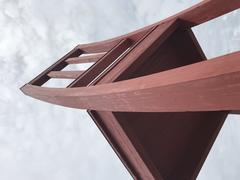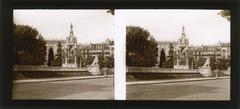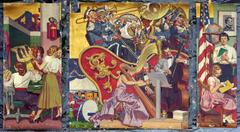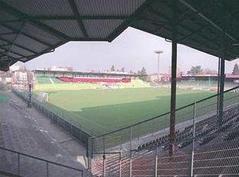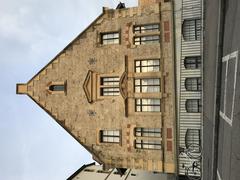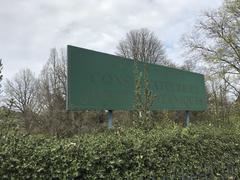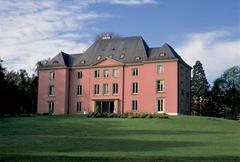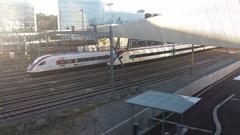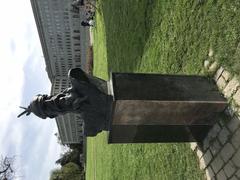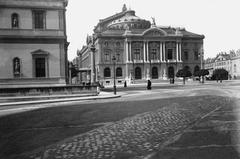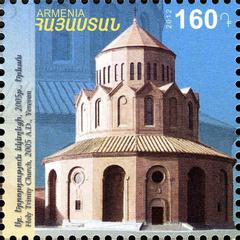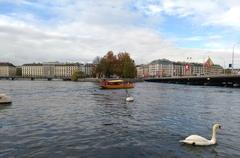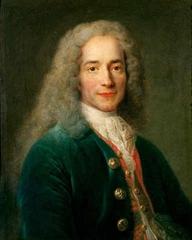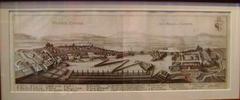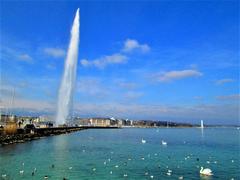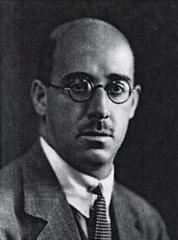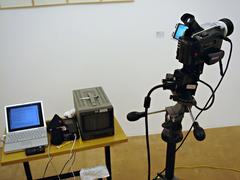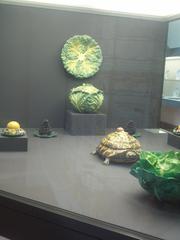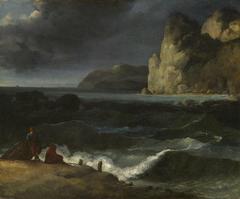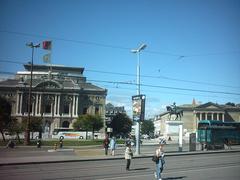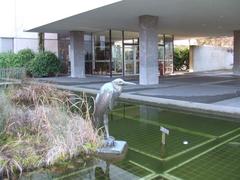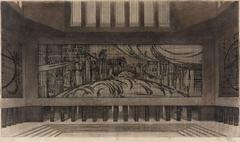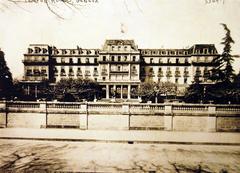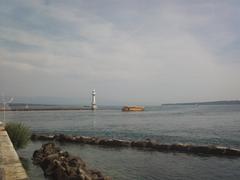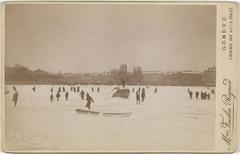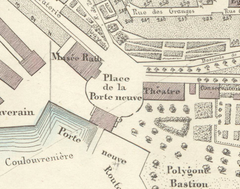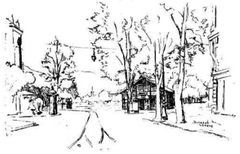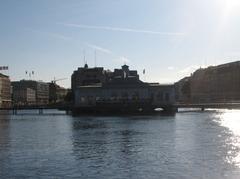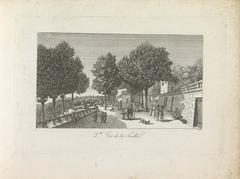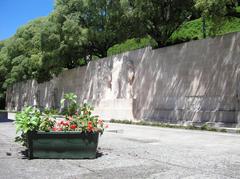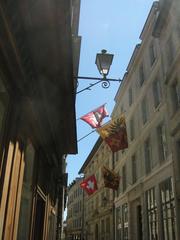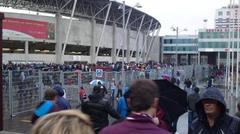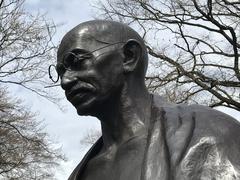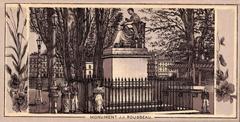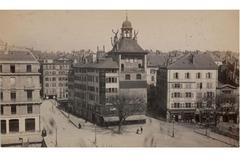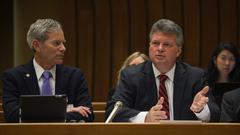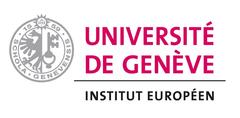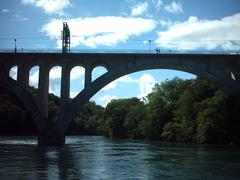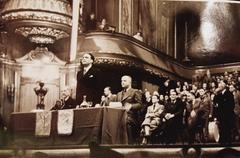Eynard Palace Visiting Hours, Tickets, and Complete Guide to Geneva’s Historical Landmark
Date: 15/06/2025
Introduction: Eynard Palace’s Historical Significance
Eynard Palace—formally Palais Anna et Jean-Gabriel Eynard—is an illustrious neoclassical landmark at the heart of Geneva. Commissioned in the early 19th century by banker, philanthropist, and photography pioneer Jean-Gabriel Eynard and his wife Anna Eynard, the palace is a testament to Geneva’s intellectual dynamism and its embrace of European cultural trends (Batimag, Hyperallergic). Situated steps from Parc des Bastions and Place Neuve, its stately façade and grand interiors reflect both the city’s transformation and the Eynards’ commitment to civic life and the arts. Today, Eynard Palace serves as the seat of Geneva’s Executive Council and occasionally opens its doors to the public for special events and guided tours (Société des Arts de Genève, geneve.com).
This guide provides detailed information on Eynard Palace’s history, architecture, visiting hours, ticketing, accessibility, and tips for exploring nearby Geneva attractions.
Table of Contents
- Origins and Construction
- Architectural Features
- The Eynard Family and Their Legacy
- Civic and Cultural Importance
- Visiting Hours & Ticketing
- Guided Tours and Events
- Accessibility & Visitor Tips
- Nearby Attractions
- Planning Your Visit
- Frequently Asked Questions (FAQ)
- References
Origins and Construction
Commissioned in 1816 and completed in 1821, the Eynard Palace was conceived as a private residence that reflected the Eynards’ social standing and cosmopolitan vision. Jean-Gabriel Eynard, renowned for his banking career and support of humanitarian causes, worked closely with his wife Anna in shaping the palace’s design. Anna Eynard’s influence is now recognized as vital, with her drawings and creative input celebrated in recent heritage initiatives (Batimag). The palace’s construction marked Geneva’s transition from a fortified medieval city to a center of international culture and diplomacy.
Architectural Features and Style
Eynard Palace epitomizes neoclassical design, featuring symmetry, harmonious proportions, and classical columns reminiscent of ancient Greek and Roman ideals. The façade is defined by clean lines and understated ornamentation, while the interiors boast high ceilings, elegant salons, stucco decoration, and period furnishings. The palace was designed for both private family life and public gatherings, with gardens providing a tranquil oasis in the city’s core (Société des Arts de Genève).
Artistic Highlights:
- Salle des Abeilles: Decorated with allegorical friezes symbolizing arts and sciences and recurring bee motifs representing industry and cooperation.
- Grand Salon: Site of major civic and cultural events, including the founding of the International Committee of the Red Cross in 1863.
The Eynard Family: Patrons and Innovators
Jean-Gabriel Eynard (1775–1863) was central to Geneva’s financial, philanthropic, and cultural scenes. A pioneer in early photography, his daguerreotypes document family life and the palace’s daily rhythm (Hyperallergic). Anna Eynard was instrumental in the palace’s conception—her creative and intellectual contributions are now officially recognized, reflecting Geneva’s ongoing efforts to highlight women’s roles in cultural heritage (Batimag).
Civic and Cultural Importance
Beyond its architectural grandeur, Eynard Palace has played a pivotal role in Geneva’s civic and cultural life. It has hosted renowned intellectuals, artists, diplomats, and reformers, and became the official seat of Geneva’s Executive Council in 1891. The palace frequently serves as a venue for major municipal events, international delegations, and cultural initiatives, reinforcing its place at the intersection of Geneva’s local and global identity (geneva.info).
Visiting Hours, Tickets, and Access
Regular Public Access
Eynard Palace is primarily a government building and is not open to the public daily. However, it welcomes visitors during special occasions such as the annual European Heritage Days (Journées européennes du patrimoine), typically in September (journeesdupatrimoine.ch).
Special Events & Guided Tours
- Events: During European Heritage Days and select cultural events, the palace opens for free public tours and exhibitions.
- Guided Tours: Offered in French and occasionally in English during major events. Tours require advance booking; details are posted on Geneva’s city website and Geneva Tourism.
- Tickets: Most public events are free. Some guided tours may require tickets; always check current listings for details.
Location & Getting There
- Address: 4 Rue de la Croix-Rouge, 1204 Geneva, Switzerland
- Public Transport: Tram lines to “Plainpalais” or “Uni Bastions” stops; short walk from Old Town and Parc des Bastions.
- By Car: Limited parking; public transport recommended.
- Accessibility: The palace is wheelchair accessible. For specific needs, contact tourist services in advance.
Visitor Experience and Facilities
- Exterior: Admire the neoclassical façade and tranquil gardens.
- Interior: During open days, view exquisitely decorated salons and historical artwork.
- Nearby: Parc des Bastions (Reformation Wall, chessboards), Geneva Old Town, Musée Rath, and other key sites (Voyage Tips).
- Facilities: Public restrooms in Parc des Bastions; cafés and restaurants nearby.
Planning Your Visit
- Best Time: European Heritage Days and special events provide the best access.
- Photography: Exterior photography is encouraged; interior photography may be restricted, especially during official events.
- Languages: French is standard for tours; English options may be available during major events.
- Advance Booking: Required for guided tours and some events.
Frequently Asked Questions (FAQ)
Q: Can I visit Eynard Palace any day?
A: No. The palace is typically only open during special events or by appointment.
Q: Are tickets required?
A: Most events are free, but some tours may require booking or tickets.
Q: Are guided tours available in English?
A: Yes, occasionally during major events or by arrangement.
Q: Is the palace accessible for those with reduced mobility?
A: Yes; contact tourist information for details.
Q: Where can I get up-to-date info?
A: Visit the City of Geneva official website or Geneva Tourism portal.
Nearby Attractions
- Parc des Bastions: Home to the Reformation Wall, cultural events, and relaxing gardens.
- Geneva Old Town: Explore St. Pierre Cathedral and Maison Tavel.
- Museums: Rath Museum, Musée d’Art et d’Histoire, and more.
Safety and Visitor Conduct
- Security checks may occur during public events.
- As an active government site, please maintain respectful behavior.
Contact and Further Information
- City of Geneva Official Website
- Geneva Tourism
- Tourist Information Center: Rue du Mont-Blanc 18, +41 22 909 70 00
Summary & Key Takeaways
Eynard Palace stands as a living symbol of Geneva’s neoclassical heritage, its civic aspirations, and its ongoing commitment to cultural inclusivity. While daily public access is limited, special events and guided tours provide unique opportunities to explore its architectural and historical treasures. The palace’s proximity to Geneva’s major attractions and its role in the city’s evolving story make it an essential stop for anyone interested in Swiss heritage and urban culture (Batimag, Société des Arts de Genève, geneve.com, City of Geneva).
For the latest updates on visiting hours, tickets, and events, always consult official sources before planning your visit.
Plan your Geneva adventure! Download the Audiala app for guided tours, and follow us on social media for the latest updates and travel inspiration.
References
- Eynard Palace and Women’s Contributions, Batimag
- The Tale of Jean-Gabriel Eynard, Hyperallergic
- Palais de l’Athénée (Eynard Palace), Société des Arts de Genève
- Geneva Historical and Cultural Sites, Geneva Tourism
- City of Geneva Official Website
- European Heritage Days in Geneva
- Geneva Tourism Info
- Voyage Tips, Things to Do in Geneva

